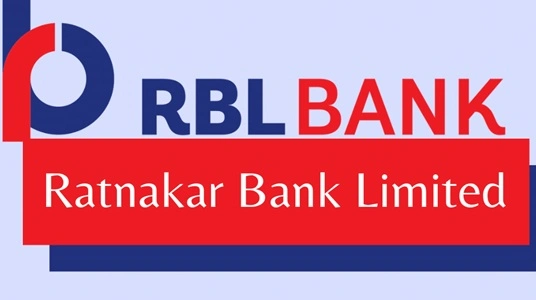Quite literally, all of us have bank accounts these days, but not a lot of us know how banks actually make their money. Like, it must have crossed your mind at some point, but people just don’t think about it that much, even though it is a super interesting topic. So, if you’re kinda feeling confused about the business model of a bank and how they make profits, then you shouldn’t be skipping out on this post today. We will lay down everything in the simplest words possible so that you can understand what goes on behind the scenes. Here we go.
Core Banking Business Model

Let’s first go over the main way a bank generates revenue and makes profits, shall we?
The Interest-Based Model (Net Interest Income)
Well, you’ll be able to related to this because banks take money from people who want to save (yes, just like you and me when we deposit money in the bank for savings purposes) and they actually lend or give this money to borrowers (people like homebuyers, businesses, and even regular individuals in the form of loans). No matter where you are in the world, a bank functions the same way, and it goes something like this:
- Deposits: Banks collect deposits/money through their banking services, like savings accounts and fixed deposits. And people do this to save money or when they want to earn interest on their savings because banks allow just that.
- Loans: Now, every bank out there has enough cash flow to lend this money to other people who are in need, and when they pay back these loans, banks charge them higher interest.
- Profit: And here’s the money-making part for the banks, like, the difference between the two interest rates is their profit. This is called the interest spread. Plain and simple!
Example:
Bank pays 3.5% on savings and earns 12% from personal loans → Profit = 8.5%.
And What’s The Role of RBI (Central Bank) In All This?
But it is not like the banks can do whatever they want and charge the borrowers however they like, nah, instead, there are central banks, just like in India, where the central bank is the Reserve Bank of India (RBI), which makes rules to keep the banking system safe. How? Oh, here’s how:
- CRR (Cash Reserve Ratio): There are strict rules, like banks must keep a part of their deposits with the RBI. This earns 0% interest, just so you know!
- SLR (Statutory Liquidity Ratio): To ensure that banks don’t run out of their money or lose a huge portion of their cash flow, as per the RBI, banks must also invest a part of their money in safe things like government bonds. These earn some interest (around 7.7%).
- Repo Rate: But in case, let’s say if banks run out of money, they can borrow from the RBI, but must pay interest. And you must have heard of this term a lot in the headlines whenever it changes.
- Reverse Repo Rate: Just like you deposit money in a regular bank, well, banks can also park extra money with the RBI and earn some interest.
Diversified Income Streams Beyond Interest
Sure, other than the core business model, which is to collect deposits and lend the money to those who are in need and then charge them interest, banks also get involved in other ways of generating revenue and making profits. Here:
1 Fee-Based Income
Well, banks offer a bunch of services, and we all are aware of that, right? And sure enough, many of these services aren’t for free, banks usually charge some fee, and that right there is how they make money, aka profits. We’re talking about:
- Monthly account fees
- Loan processing fees
- Credit card fees
- Penalties (like for not keeping a minimum balance)
Keep in mind that these charges help banks earn steady money, even when loan profits go down, and that’s a super good thing for banks.
2 Capital Markets and Investment Services
Mostly to the businesses and individuals out there, banks offer a bunch of other services that they charge them for. And here are the examples of those services:
- Investment advice
- Mutual funds and insurance sales
- Helping companies raise money through shares or bonds
- Helping companies with mergers or buyouts
Sure enough, these are a few of the top services that banks generate a lot of revenue from.
3 Other Services
The list actually doesn’t just end there, you see, there are quite a lot of other services that banks offer, and the money-making factor works the same way, like charging their customers for these services. Plain and simple. Here are more services we’re talking about.
- Foreign currency exchange
- Sending money (remittance services)
- Selling gold loans
- Wealth management (for rich clients)
Again, all of these give banks extra income.


